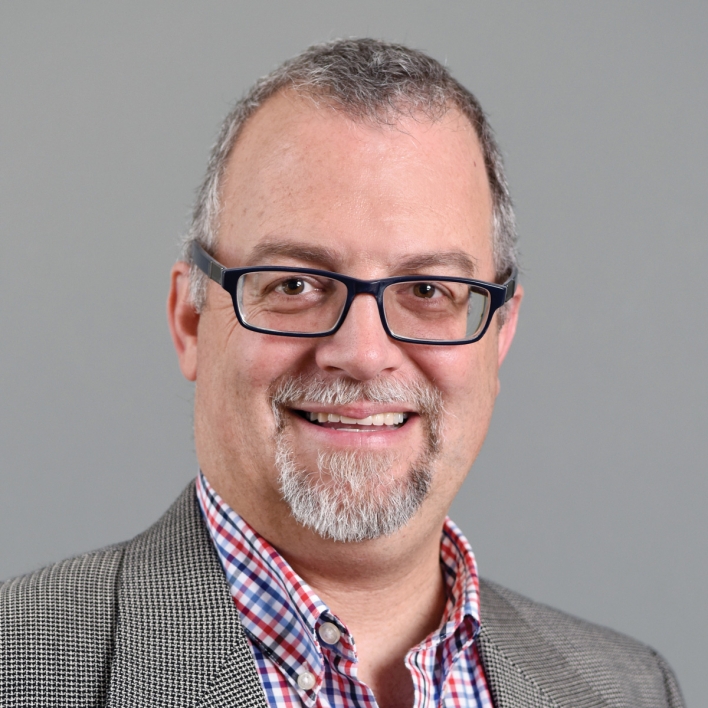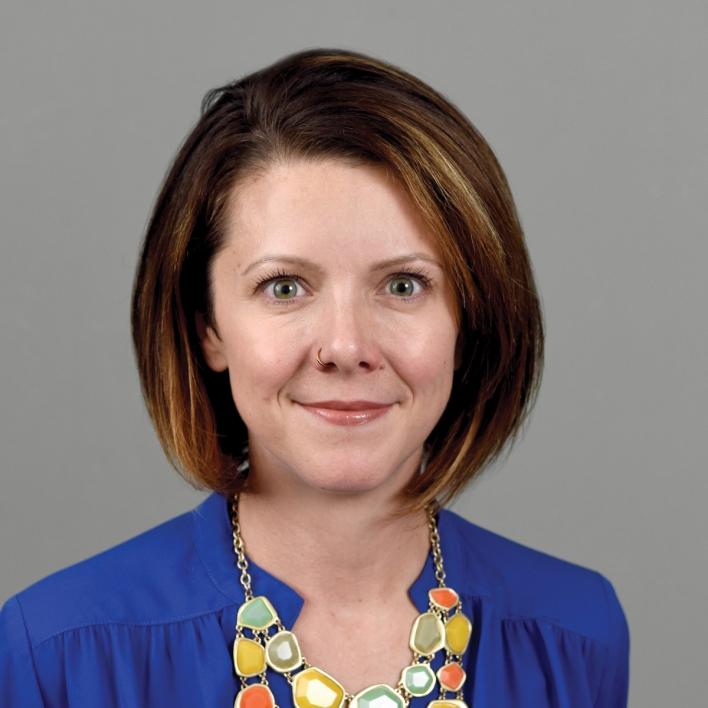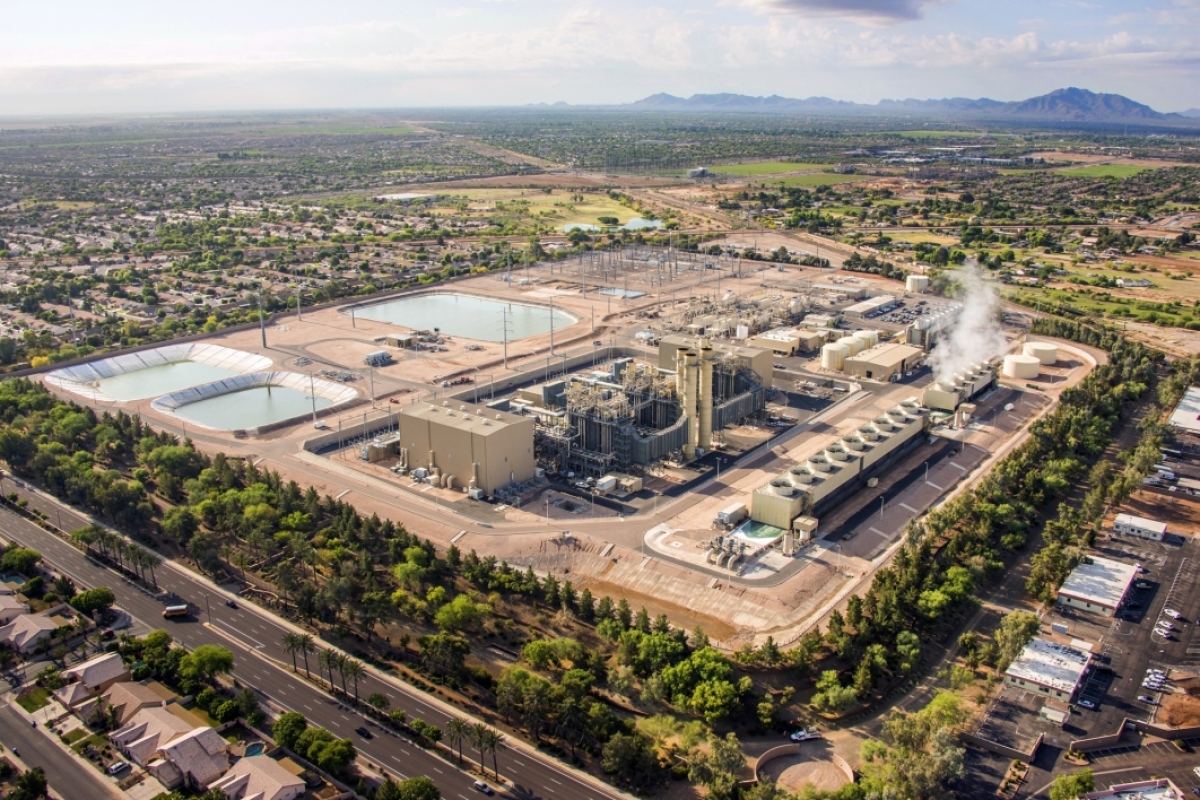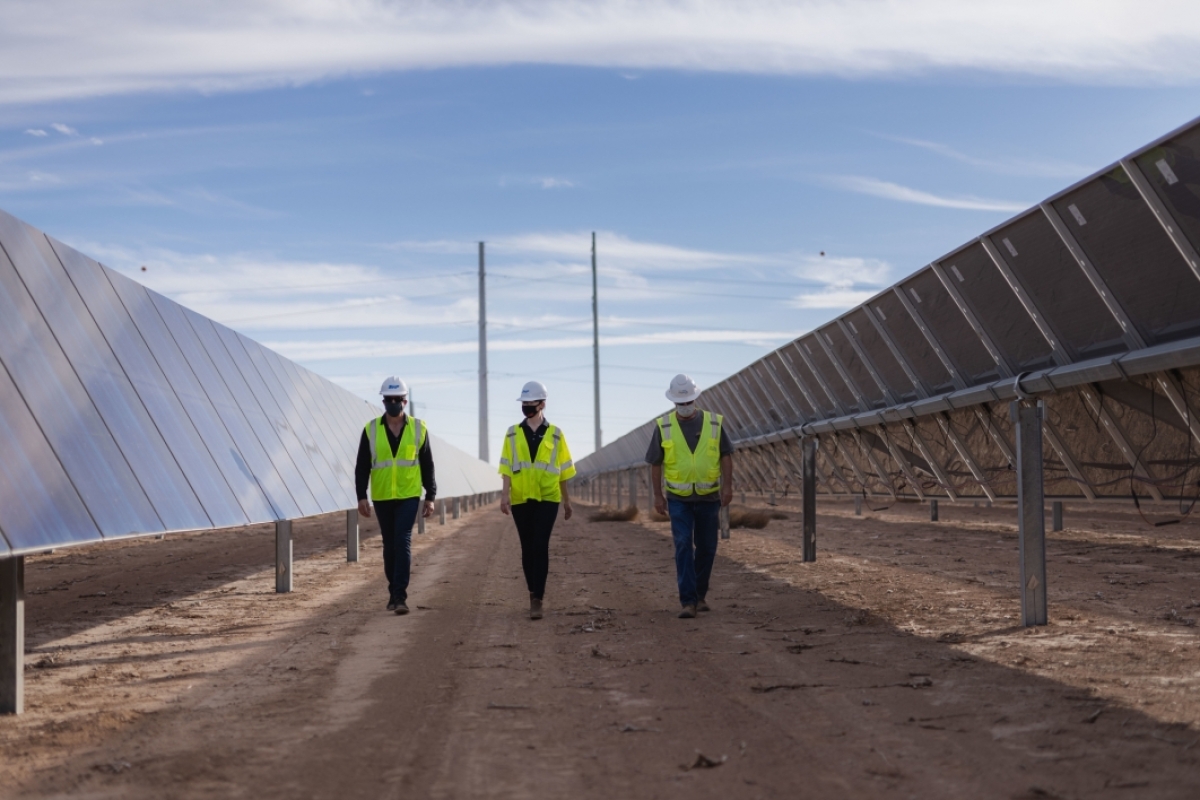As climate risks from ongoing drought and rising urban heat continue to grow, Arizona will need to find innovative ways to significantly reduce CO2 emissions into the atmosphere. Many of the state’s electric utilities, industries and cities are planning actions to nearly eliminate their own emissions by 2050. But reaching carbon neutrality for all of Arizona’s economy will require greater effort.
In a new research collaboration, Arizona State University and Salt River Project have developed important insights into the significant decisions that lie ahead in determining how to cut CO2 emissions throughout the state.
During the past 1.5 years, an ASU research team with the Julie Ann Wrigley Global Futures Laboratory examined the future of Arizona’s economy and energy systems. The team assembled several working groups with representatives from academia, industry, utilities, governments and non-profit organizations. Through participatory workshops, interviews and data collection, the researchers analyzed key findings and integrated them with relevant studies on low-carbon technologies and decarbonization options in the United States.
Four potential pathways to decarbonization emerged, with important implications for the state of Arizona.
Professor Clark Miller
“Figuring out how to redesign Arizona’s economy to be carbon neutral is one of the most important and difficult challenges facing the state. In this report, we show that there are very different pathways to accomplish that goal, and that the choices we make as a state really matter,” said Professor Clark Miller, director of the Center for Energy and Society in the School for the Future of Innovation in Society and lead author of the study. The School for the Future of Innovation in Society is an academic unit in the ASU College of Global Futures.
In the study, researchers and participants focused heavily on how Arizona could tackle “deep decarbonization,” or the “final 20%” of CO2 reductions — one of the most challenging parts of getting to carbon neutrality. This does not, however, underestimate the importance of the first 80% of CO2 reductions. Closing coal-fired power plants, building infrastructure to support electric vehicles and phasing out gasoline powered cars and trucks are already underway and shared across the four pathways.
“What’s very positive about this research is that there are multiple pathways to achieving a carbon-neutral economy in Arizona. To reach this goal, it will take a blend of these pathways, but it is important that we gather input and perspectives from a range of stakeholders on each of the pathways to reach an optimized approach,” said Chico Hunter, manager of innovation and development at SRP and co-designer of the study.
The four pathways
The first path is to electrify the economy. The state could rely extensively on electricity to power its residential, commercial and industrial sectors.
The second path focuses on building a new carbon economy by using new technologies to capture, recycle, reuse and possibly store CO2 in permanent storage facilities. This option may allow a few critical sectors of the economy to continue to use carbon fuels, while simultaneously tackling climate change.
A third path relies on building a hydrogen economy by using hydrogen to replace fossil fuels for energy. This would require the development and deployment of new technologies to transport, store and use hydrogen. In this path, hydrogen would power long-distance trucking, construction, farming and other heavy equipment. It would also run electric power plants and generate the high heat required for certain industrial and manufacturing processes.
The fourth path is focused on populations that may be left behind during the transition to a carbon-neutral economy. For example, low-income communities, businesses and households may face difficult financial hurdles to acquire clean energy technologies.
The report, titled "Pathways to a Carbon-Neutral Arizona Economy," highlights the broad benefits the state will reap from decarbonization — new investments in clean energy infrastructure, new economic opportunities in electric vehicle manufacturing and a cleaner environment — to name a few.
It also acknowledges the hurdles ahead.
“Beyond examining the technology changes that our economy will need, this report’s pathways also present the challenges they pose for different groups of people, including the transition that community members will need to make with their cars, homes and general ways of life. The report looks at how this can be accomplished across all populations, with a focus on equity and inclusion. It does not leave anyone behind,” Hunter said.
No matter which direction the state chooses, all stakeholders in Arizona must be on board with change.
Lauren Keeler
“Promising carbon neutrality is one thing, getting to carbon neutrality is another. This report is an important step for Arizona to rethink how to power its economy while eliminating carbon emissions. It’s clear from the pathways that Arizona businesses, utilities, governments and residents will all need to be involved,” said Lauren Keeler, assistant professor with the School for the Future of Innovation and co-author of the study.
“Business, policy, academic and community leaders across the state will find the report helpful in understanding the different options for reaching carbon neutrality. It also presents new opportunities to collectively explore what those options mean for different parts of the state, make deliberate and thoughtful choices to guide future developments and plan for what Arizona needs,” Miller said. “The federal government and global markets are already ramping up action on decarbonization, and we need to be prepared to take advantage of the opportunities for the state.”
Having many community partners working collaboratively, and urgently, on the strategies, activities and policies Arizona needs to reach total decarbonization is a crucial element of building a thriving future for the state.
“SRP deeply values its strategic partnership with ASU, and we found it vitally important to fund this project through the SRP Joint Research Program,” said Kelly Barr, SRP’s chief strategy, corporate services and sustainability executive. “This research is an enterprising example of our community collaboration and commitment to sustainably supporting the Arizona economy.”
How to get involved
“We invite people to read the report, share it widely and discuss what it means for their city, their business or their community,” Miller said. “To create a sustainable future in our state, it’s crucial for diverse groups to begin talking and engaging with one another, inclusively, to foster collaboration across the different sectors of the economy and society.”
In the spring, ASU will coordinate a series of public webinars and dialogues to explore each of the pathways. These will be open to the public for participation.
ASU and SRP are continuing their work on the project, examining how each pathway could affect different facets of energy systems operation and planning. They are also exploring more fully how to ensure that, no matter which pathway evolves in the future, the transition to a carbon-neutral economy is as equitable as possible.
Top photo: Overhead image of SRP's 45 megawatt Sandstone Solar Facility in Florence, Arizona. The facility came into operation in 2015 and produces enough renewable energy to serve about 8,000 Valley homes.
More Science and technology

ASU-led space telescope is ready to fly
The Star Planet Activity Research CubeSat, or SPARCS, a small space telescope that will monitor the flares and sunspot activity of low-mass stars, has now passed its pre-shipment review by NASA.…

ASU at the heart of the state's revitalized microelectronics industry
A stronger local economy, more reliable technology, and a future where our computers and devices do the impossible: that’s the transformation ASU is driving through its microelectronics research…

Breakthrough copper alloy achieves unprecedented high-temperature performance
A team of researchers from Arizona State University, the U.S. Army Research Laboratory, Lehigh University and Louisiana State University has developed a groundbreaking high-temperature copper alloy…







